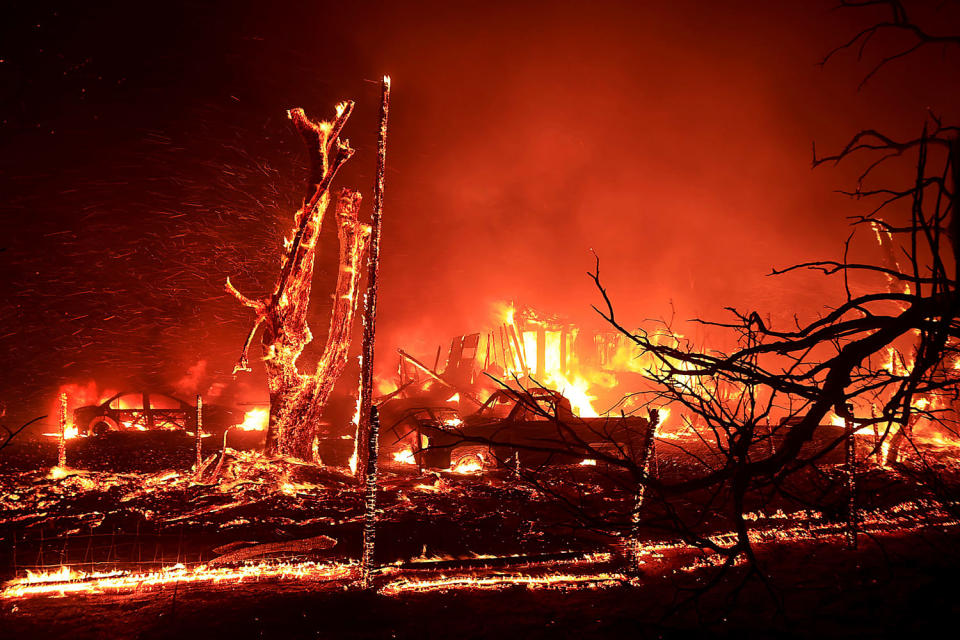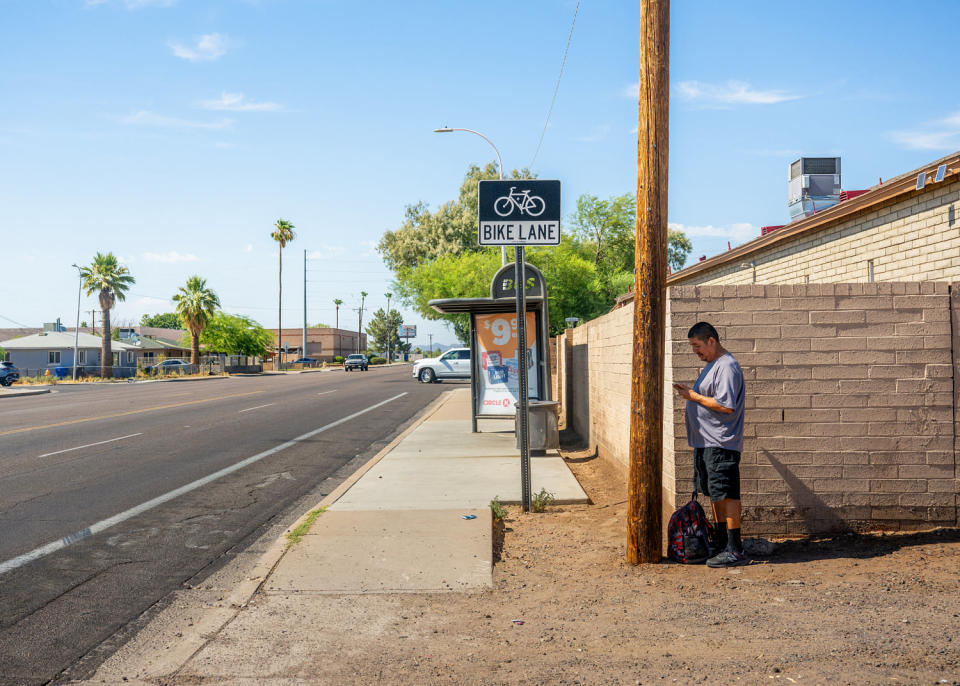After an extreme attack pre-summer heat in Texas and FloridaCalifornia and Arizona are next in line for temperature spikes.
The National Weather Service predicts a heat wave across much of the Southwest and parts of California Tuesday through Thursday as a ridge of high pressure centers over the region.
The forecast suggests temperatures could rise to 113 degrees Fahrenheit in Phoenix and reach 108 degrees Fahrenheit in California’s Central Valley.
“It’s coming early,” said Eric Kurth, a meteorologist with the National Weather Service in Sacramento, California. “The heat is here and we need to prepare.”
On Wednesday, most southwest communities will have moderate, major, or extreme heat hazardsaccording to a new heat risk map of the National Weather Service.
High temperatures can also increase the risk of fire. A wildfire already broke out over the weekend near the community of Tracy in California’s Central Valley, about 65 miles east of San Francisco. The blaze, dubbed the Corral Fire, quickly grew to more than 14,000 acres, closed heavily used Interstate 580 and prompted evacuations.
“We had sustained winds of 20 to 30 miles per hour and then we had wind gusts of up to 60 miles per hour. People reported that they couldn’t even stand up,” said Cecile Juliette, public information officer for the California Department of Forestry and Fire Protection.
It represents an early start to the fire season, she added: “We typically see a lot more fire activity in July, August and September. This just indicates that people need to be ready to evacuate at any time.”

By Monday morning, firefighters had developed a containment line around three-quarters of the fire.
“The humidity is starting to drop,” Kurth said. “We have seen an increase in wildfires.”
He noted that the heat wave starting this week would not be unusual for August in central California, but said its early nature could make it more significant because “people are not adapted to the heat.”
“When we have a heat event early in the season, it can have more of an impact on people,” he said.
In mountainous areas of the West, he said, early-season waves can also increase drowning risks because people often flock to rivers flowing with fresh melted snow.
“We have pretty cold water temperatures and strong currents,” Kurth said. “Be careful; wear life jackets.”
The National Oceanic and Atmospheric Administration predicted last month that 2024 will be one of the five hottest years in recorded history and said it has a good chance of being the hottest on record.
Last year, deaths rose as prolonged heat waves hit much of the South and Southwest.


The death certificates of more than 2,300 people who died in the US last summer mentioned heat, according to an Associated Press analysis of data from the Centers for Disease Control and Prevention – the largest in 45 years.
Heat is the leading cause of weather-related death in the US But its consequences are sometimes hidden in death certificate data because heat often aggravates underlying conditions, such as heart disease, respiratory problems or kidney disease. Texas A&M researchers estimated that 11,000 people likely died who otherwise would not have died from the heat last year, the AP reported.
Weather patterns, such as the high pressure ridge expected to form this week, were to blame for many of these deaths.
The Phoenix area endured temperatures above 110 degrees on all but one day in July last year, according to data from the National Weather Service — something scientists have since determined was “virtually impossible” except for the effects of climate change. In Maricopa County, home to Phoenix and many of its suburbs, at least 645 people have died from heat-related causes last year, a 52% increase over the previous year.
This article was originally published in NBCNews. with

































